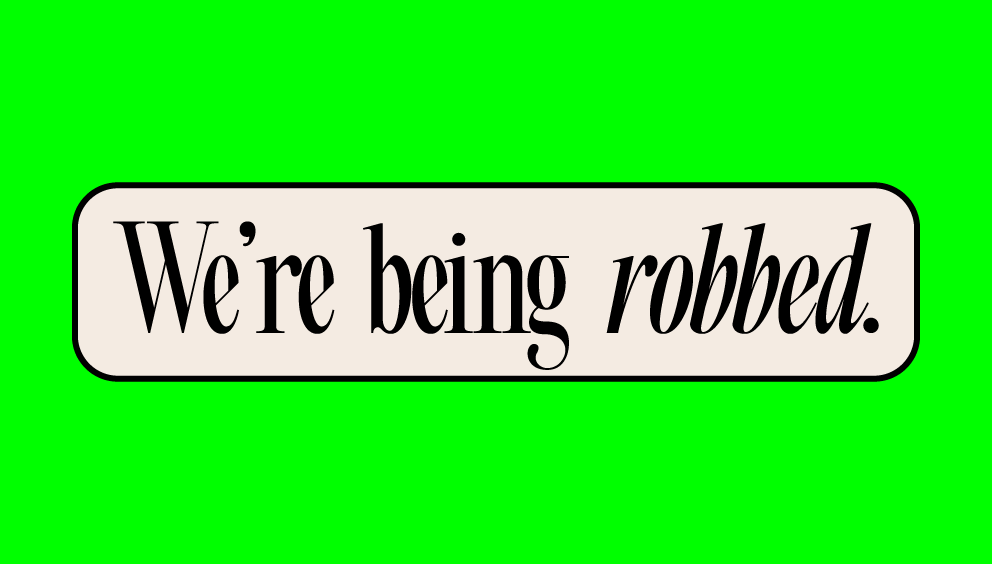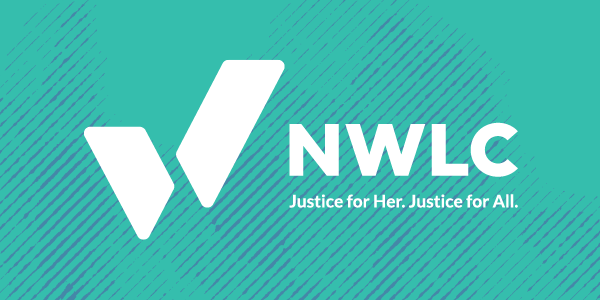Abortion rights, women of color, and LGBTQIA+ people are under attack. Pledge to join us in fighting for gender justice.
Trump Promotes Flawed Program Instead of Offering Real Relief


Last week, President Trump signed an executive order promoting the Opportunity Zone tax incentive, which provides tax breaks to investors who invest in specific low-income areas (“opportunity zones”). The White House described this action as part of Trump’s commitment to “working tirelessly to bring opportunity and prosperity to distressed communities throughout America.”
This claim of tireless support likely comes as a surprise to the millions of low-income individuals and families—many of them women—who are still waiting for the rental assistance, unemployment benefits, and other forms of relief they desperately need in the face of the pandemic and resulting economic crisis. This latest executive order, like Trump’s previous executive actions, will do very little to help them or their communities. Instead, it most helps wealthy investors and financial institutions that are already profiting from the pandemic.
What Are Opportunity Zones & Why Is This Program Flawed?
Created by the 2017 Trump tax law, the Opportunity Zone program is supposed to revitalize struggling communities with new investments and give local residents access to more opportunities. But the program has two glaring flaws: 1) it allows states to classify relatively prosperous areas as “opportunity zones”; and 2) it doesn’t require that the area’s residents actually benefit from the investments.
Wealthy investors—wanting to get the most return on their investments—have used these flaws to their advantage. The program has been used to invest in high-end buildings in wealthy areas—for example, a glitzy hotel with a restaurant and rooftop pool in a fashionable district of New Orleans. Investments like these do not enrich low-income areas and fail to provide jobs and opportunities to the low-income residents the program was intended to benefit.
Unsurprisingly, the program has not been shown to alleviate poverty. The administration released a highly flawed report touting Opportunity Zones as an effective anti-poverty tool, but the report used data from a completely different tax incentive with much stricter restrictions. As National Low Income Housing Coalition President and CEO Diane Yentel said in April of last year, unless the program is fixed, “there is no guarantee that low-income people will benefit in any significant way—if at all—from Opportunity Zones.”
Does Trump’s Executive Action Fix These Fundamental Flaws?
Of course not. Trump’s executive order instructed federal agencies to prioritize the location of facilities in Opportunity Zones but did nothing to fix the flaws of the program. The order just the promotes the program in its existing, flawed state. This will only continue to benefit wealthy investors, who enjoy tax breaks even when local residents receive no benefit. In fact, these investments may end up displacing residents if the investments cause property values and cost of living to rise.
Meanwhile, women and their families are losing their homes, and millions more will be at risk of eviction by the end of the year. And without the $600 per week unemployment boost and $100 billion in emergency rental assistance, millions of families are struggling to meet their basic expenses, like rent. These families and their communities need real help now—not ineffective programs with impressive-sounding names that actually benefit the wealthy.
What You Can Do
We cannot allow Trump to give himself credit for promoting this flawed program while refusing to give low-income women and families the real relief they need during this crisis—and the support they will need to rebuild their lives and communities after it is over. Tell your senators to pass COVID-19 relief legislation that actually addresses the needs of women and families, including critical funding for child care, health care, front-line and unemployed workers, housing, nutrition assistance, education, the postal service, and state and local governments.




